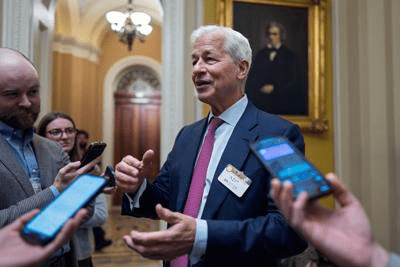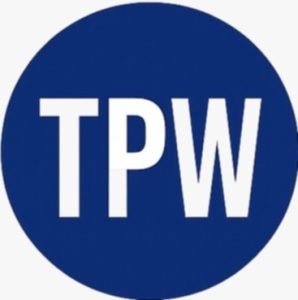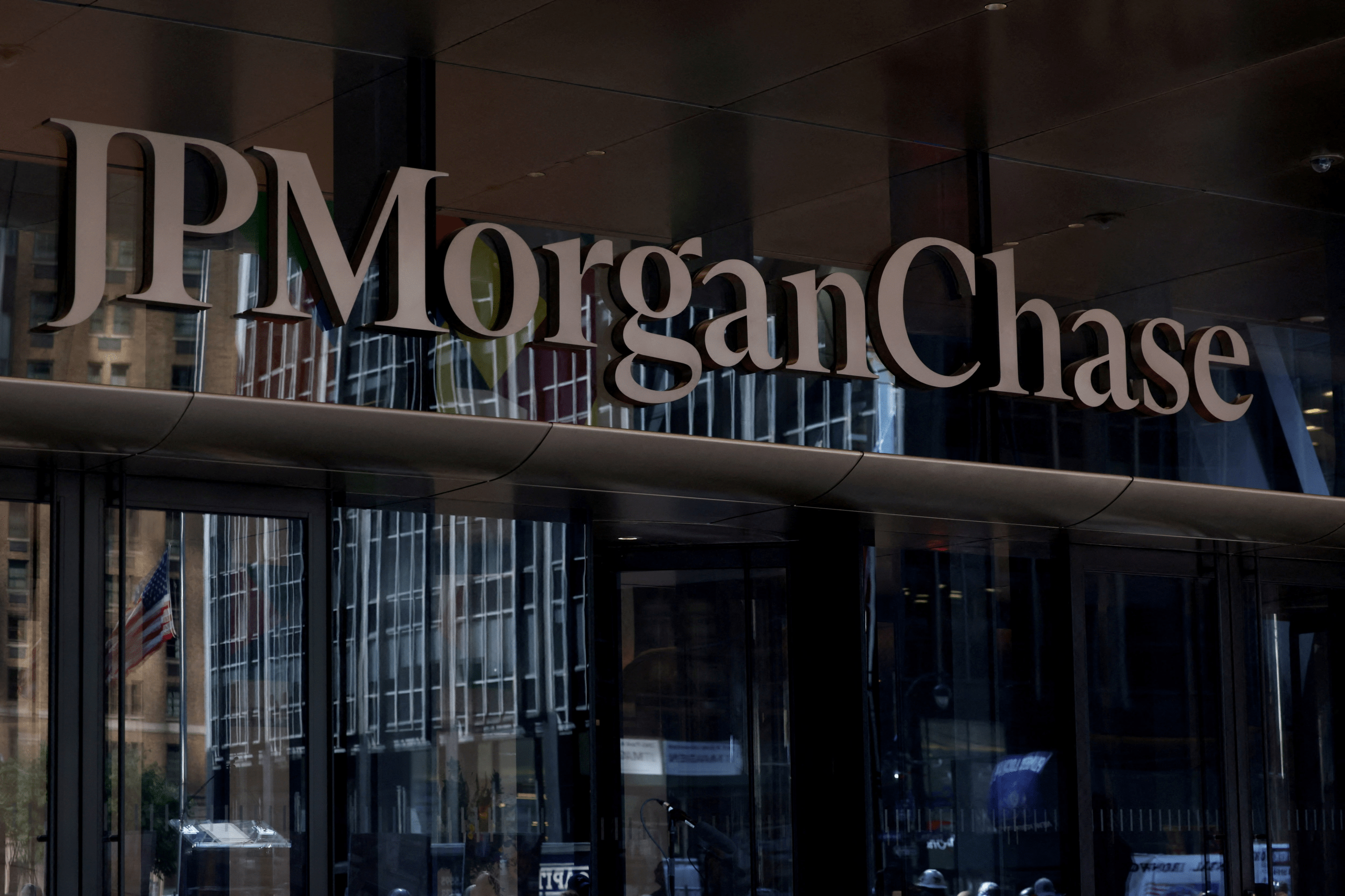Where the money is going
JPMorgan Chase plans to deploy $10 billion into companies it views as critical to U.S. national security, from dual-use manufacturing to AI and cybersecurity. The direct-investment push positions the bank closer to the frontier between private capital and industrial policy. Executives argue the strategy will help expand domestic capacity in sensitive sectors, complementing government incentives and export controls. The bank is expected to target firms that can scale production, not just headline-grabbing primes.

What it means for markets and policy
With rates high and listings subdued, direct stakes can hold through volatility while companies ramp output. Policymakers get faster builds in semiconductors, munitions and secure communications if the capital reaches mid-tier suppliers. Skeptics warn of conflicts if lenders back competitors while financing them, and of blurred accountability when Wall Street leans into national strategy. Success will be judged by factory timelines, hiring, and whether bottlenecks—materials, skilled labor, permitting—ease. For investors, the bet aligns returns with a reshoring narrative that has staying power.

 TPW DESK
TPW DESK 










